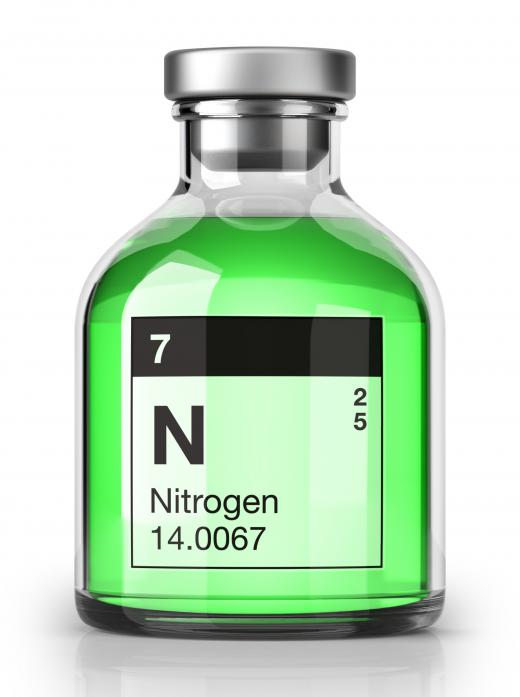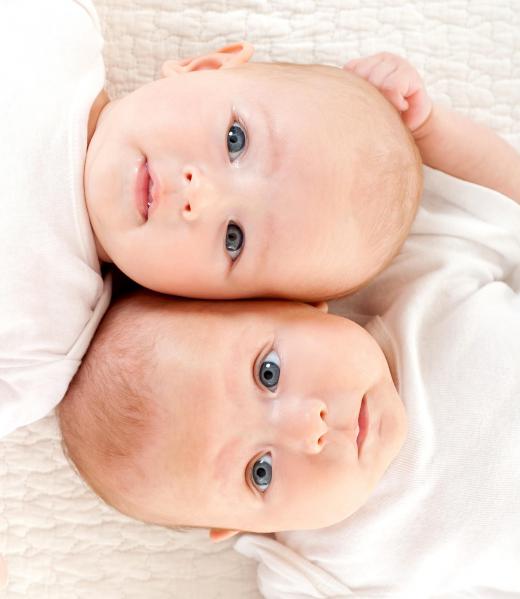How Many Chemicals are There?
 Michael Anissimov
Michael Anissimov
There are a huge number of possible chemicals. Estimates range from 1018 to 10200. For comparison the number of grains of sand on the Earth is about 7.5 x 1018, the number of particles in the universe is between 1072 and 1087. Clearly, if there really are more chemicals than this, then not every one even physically exists in the universe. The most abundant compound in the universe, by far, is diatomic hydrogen (H2) anyway.
Out of the 117 known elements, only 94 are found naturally, and seven of these are noble gases, which only form compounds under very unusual conditions, such as when exposed to electron bombardment. This leaves 87 more elements to form chemical compounds, and most of these don't form many, nor are they very abundant.

The most abundant elements in the universe are hydrogen (74%), helium (24%), oxygen (10%), carbon (0.46%), neon (0.13%), iron (0.1%), and nitrogen (0.1%). Helium and neon are noble gases and don't bond with anything. Iron mainly is locked up in iron oxide (rust). The others — carbon, hydrogen, oxygen, and nitrogen — are known by the acronym CHON, and together with phosphorous and sulfur, make up 99% of all living organisms, and more than 99% of all chemical compounds. These are called biological compounds.

Biological compounds can form into long chains in ways that inorganic compounds can't. These compounds may be billions of atoms long, in the case of biopolymers such as DNA. These molecules may have tiny differences in just a few atoms, such as the genetic material of identical twins who have slight mutations due to copying errors or exposure to radiation. This produces an almost unlimited number of variations.
In 2005, a group from the University of Berne, in Switzerland, tried to determine the total number of stable compounds with up to eleven atoms of just carbon, hydrogen, oxygen, nitrogen, and fluorine. Their number was just under 18 billion, but a subsequent analysis found they ignored many common chemicals, including many which could be easily ordered online, and the number may have been low by as much as three orders of magnitude. Even looking at just small chemicals, there is still an absolutely tremendous number of variations.
AS FEATURED ON:
AS FEATURED ON:












Discussion Comments
Chemicals are the end of life on Earth and it's too late to do anything about it.
Diatomic hydrogen is not a compound. By definition, a compound must contain at least two different elements. The most abundant compound is water. Diatomic hydrogen is an allotrope.
What are chemical foods?
How many synthetic chemicals have been invented/manufactured in the last hundred years?
Post your comments